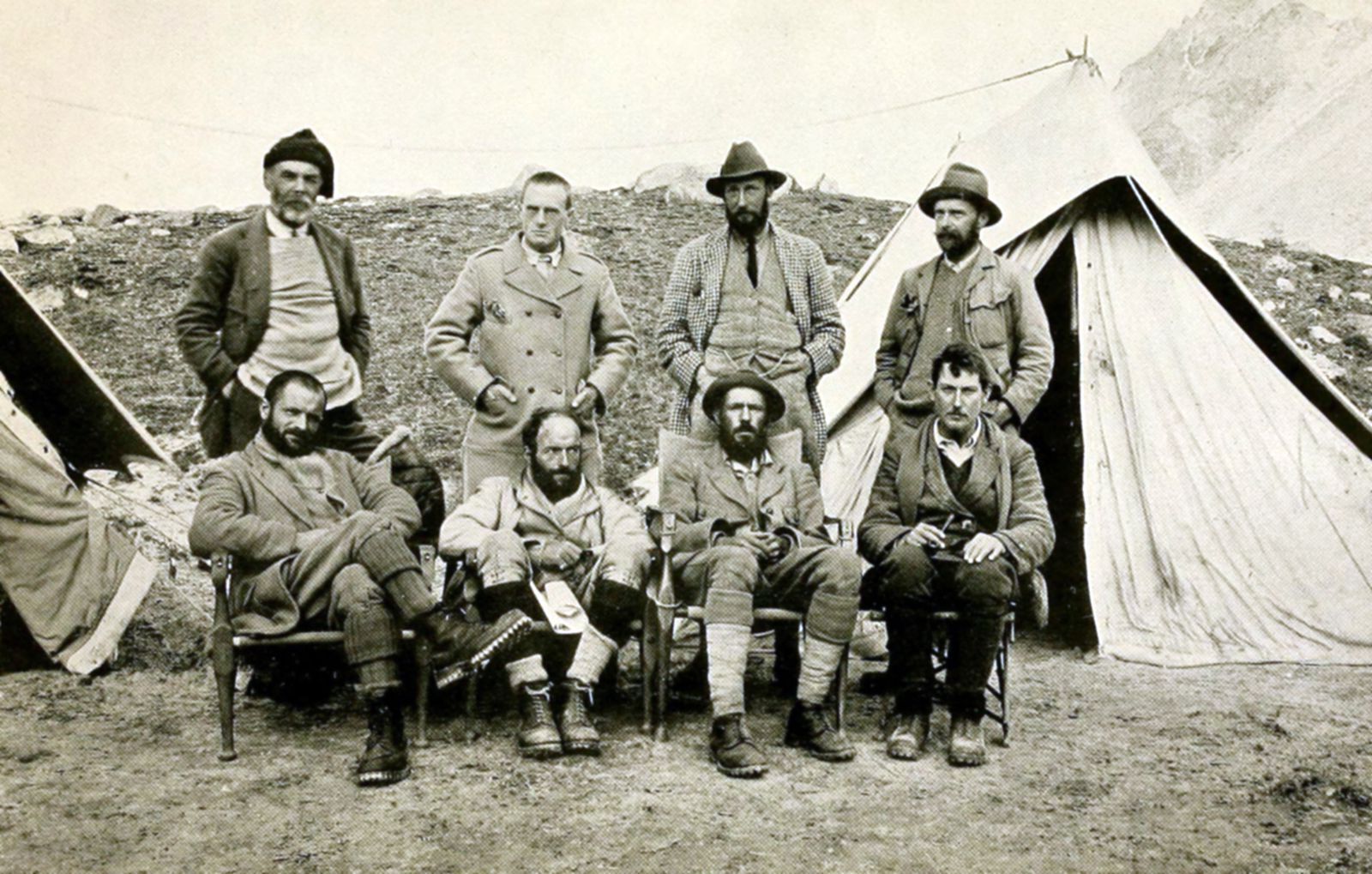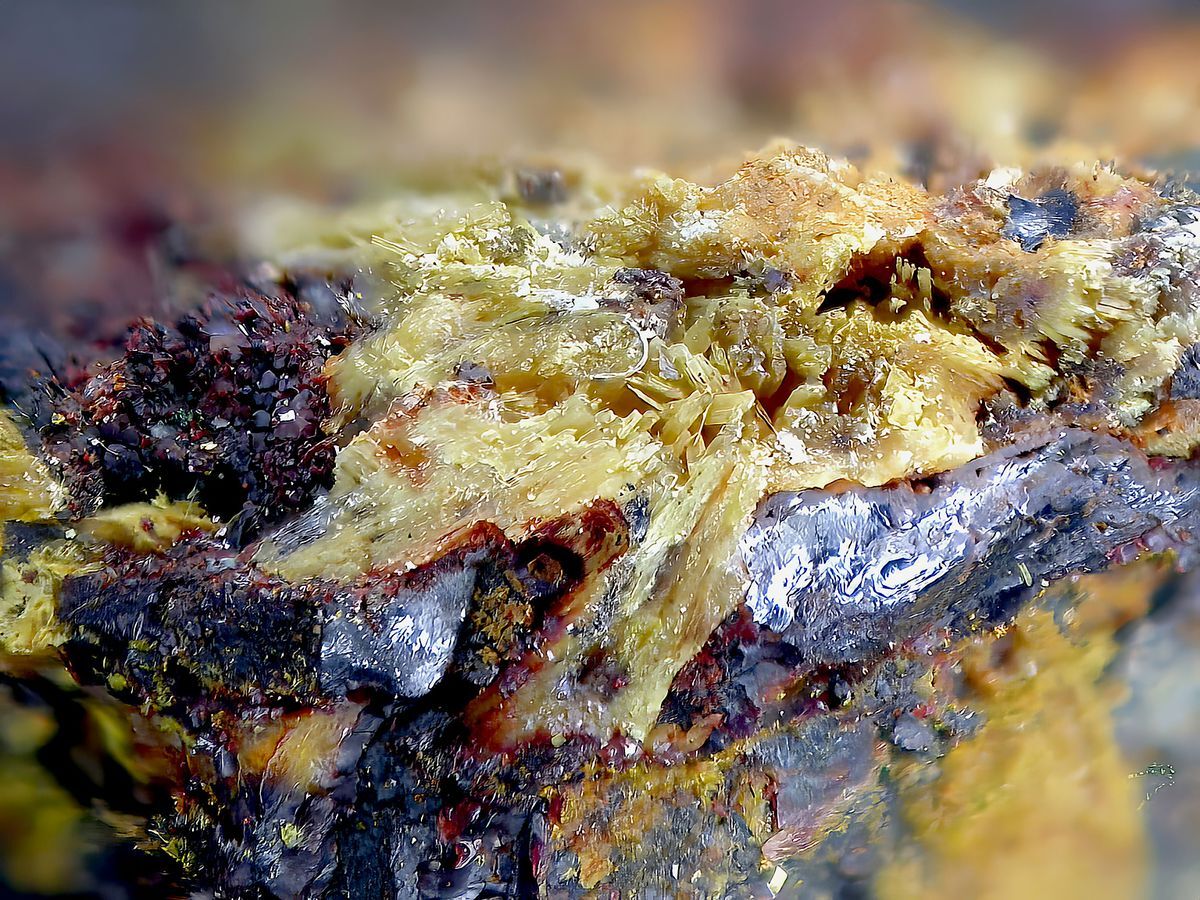
Why did George Mallory climb Mount Everest? The answer lies in his famous reply: "Because it's there." George Herbert Leigh Mallory, born in 1886 in Mobberley, Cheshire, England, was a pioneering British mountaineer whose life revolved around the thrill of climbing. From scaling church roofs as a child to tackling the Alps as a teenager, Mallory's passion for heights knew no bounds. His daring spirit led him to participate in the first three British expeditions to Mount Everest, where he sought to conquer the world's highest peak. Despite the mystery surrounding his final ascent in 1924, Mallory's legacy endures, inspiring generations of climbers and adventurers.
Key Takeaways:
- George Mallory, a fearless climber from England, began his adventurous journey from a small village. His love for climbing was nurtured from a young age, shaping his legacy as a legendary mountaineer.
- Despite his mysterious disappearance on Everest, George Mallory's adventurous spirit and legacy continue to inspire generations of mountaineers and explorers worldwide. His famous quote, "Because it's there," captures his enduring impact.
Early Life and Family Background
George Herbert Leigh Mallory's life began in a small village in England, but his legacy would reach the highest peaks of the world.
- George Mallory was born on June 18, 1886, in Mobberley, Cheshire, England.
- His parents were Reverend Herbert Leigh Mallory and Annie Beridge Leigh-Mallory.
- George was the first son and second child in his family, with two sisters, Mary Henrietta and Annie Victoria (Avie), and a younger brother, Trafford.
- Trafford Mallory later became a Royal Air Force commander during World War II.
Childhood Escapades
From a young age, Mallory showed a fearless spirit and a love for climbing.
- At seven years old, he climbed the roof of his father's church, St Wilfrid's, in Mobberley.
- His sister Avie recalled that he climbed everything possible, including drainpipes and walls dividing farmers' fields.
Education and Early Climbing
Mallory's education played a significant role in shaping his future as a mountaineer.
- In 1896, he attended Glengorse boarding school in Eastbourne.
- He won a mathematics scholarship to Winchester College in 1900.
- At Winchester, he excelled in sports and mathematics, becoming the best gymnast in the school.
- He was part of the team that won the Ashburton Shield for rifle shooting at Bisley in 1904.
Introduction to Climbing
Mallory's passion for climbing was nurtured by influential figures in his life.
- His headmaster, Graham Irving, an experienced mountaineer, introduced him to climbing.
- In 1904, Irving took Mallory and his friend Harry Gibson on a trip to the Alps, marking Mallory's first high-altitude mountaineering experience.
Climbing in the Alps
Mallory's early experiences in the Alps were both challenging and formative.
- At 18, Mallory attempted to climb Bourg St-Pierre, a mountain under 12,000 feet.
- He developed mountain sickness 600 feet from the summit and had to retreat.
- Mallory later returned with Irving and successfully climbed the mountain.
University and Teaching Career
Mallory's academic journey took a turn as he pursued his passion for climbing.
- He was awarded a history scholarship to Magdalene College, Cambridge.
- Mallory did not complete his studies at Cambridge, choosing instead to become a schoolmaster.
- He continued refining his climbing skills in the Alps and Wales, becoming a notable figure among climbers.
World War I Service
Mallory's life took a dramatic turn during World War I.
- He served in France during the war.
- After returning to England in 1919, he resumed teaching.
- Despite his war experiences, Mallory remained passionate about climbing and became a leading member of Britain’s Alpine Club.
First Everest Expedition (1921)
Mallory's first expedition to Everest was primarily for reconnaissance.
- In 1921, Mallory and Guy Bullock mapped out a likely route to the summit from the northern (Tibetan) side.
- The party attempted to climb the mountain but was turned back by high winds at the North Col.
Second Everest Expedition (1922)
The second expedition introduced the use of supplemental oxygen.
- Mallory and his team climbed without supplemental oxygen and reached 27,300 feet (8,230 meters).
- A second attempt ended in disaster when an avalanche killed seven porters.
Third Everest Expedition (1924)
Mallory's final expedition remains shrouded in mystery.
- In 1924, Mallory and Andrew Irvine set off for an attempt on the summit.
- They were last seen on June 8, 1924, and never returned.
Disappearance and Mystery
The fate of Mallory and Irvine has intrigued the world for decades.
- The British public was shocked by Mallory’s loss.
- In the 1930s, Irvine’s ice axe was found at about 27,700 feet (8,440 meters).
- A Chinese climber discovered a body in 1975, described as that of an Englishman.
- An oxygen canister from the 1920s was found in 1991.
- In 1999, Mallory’s body was found at 26,760 feet (8,155 meters), indicating he died after a bad fall.
Personal Life and Legacy
Mallory's personal life and legacy continue to inspire.
- He married Ruth Turner in 1914, and they had three children.
- His famous reply to why climbers struggled to scale Everest—“Because it’s there”—captures his adventurous spirit.
- Mallory’s legacy extends beyond his climbing achievements, inspiring generations of mountaineers and explorers.
Mallory's Lasting Impact
George Mallory's life was a blend of daring climbs and enduring mysteries. Born in 1886, he showed an adventurous spirit early on, scaling everything from church roofs to Alpine peaks. His expeditions to Mount Everest in the 1920s pushed the boundaries of mountaineering. The 1924 attempt, where he and Andrew Irvine vanished, left a question mark over whether they reached the summit. The discovery of Mallory's body in 1999 added some clues but didn't solve the mystery. His famous quote, "Because it’s there," captures his relentless drive. Mallory's legacy lives on, inspiring climbers and adventurers worldwide. His story is a testament to human curiosity and the pursuit of the unknown. Even nearly a century later, George Mallory remains a towering figure in the world of mountaineering.
Frequently Asked Questions
Was this page helpful?
Our commitment to delivering trustworthy and engaging content is at the heart of what we do. Each fact on our site is contributed by real users like you, bringing a wealth of diverse insights and information. To ensure the highest standards of accuracy and reliability, our dedicated editors meticulously review each submission. This process guarantees that the facts we share are not only fascinating but also credible. Trust in our commitment to quality and authenticity as you explore and learn with us.


